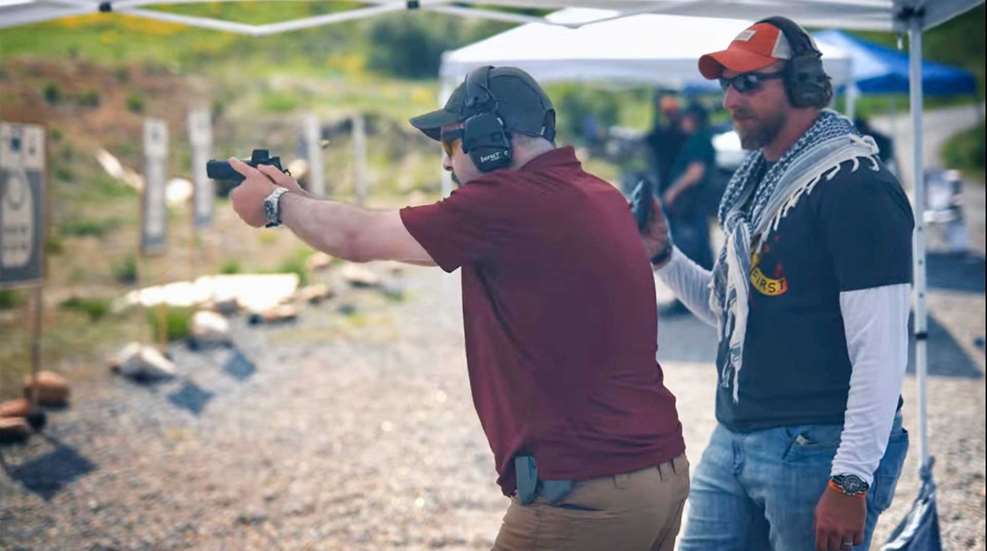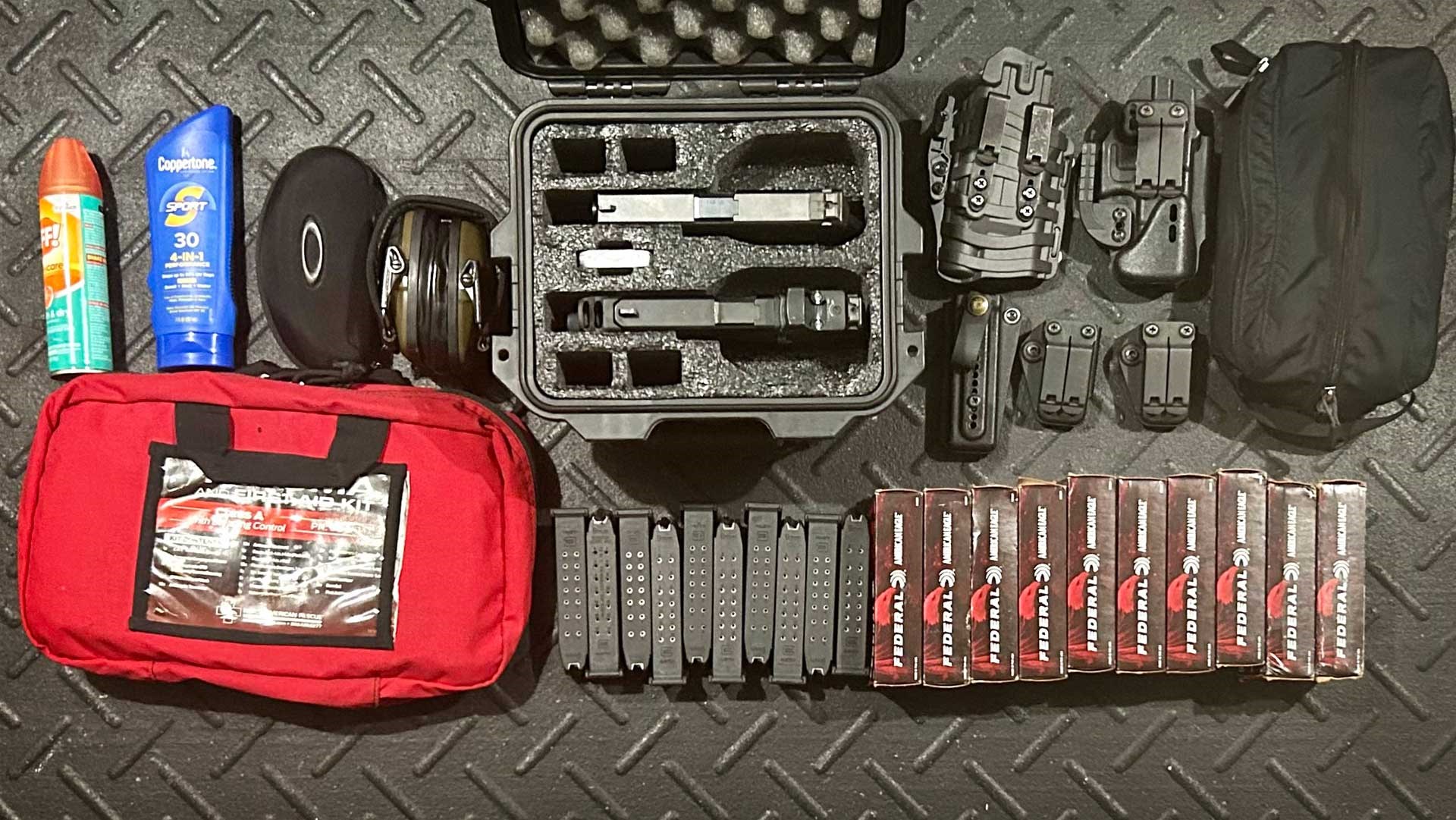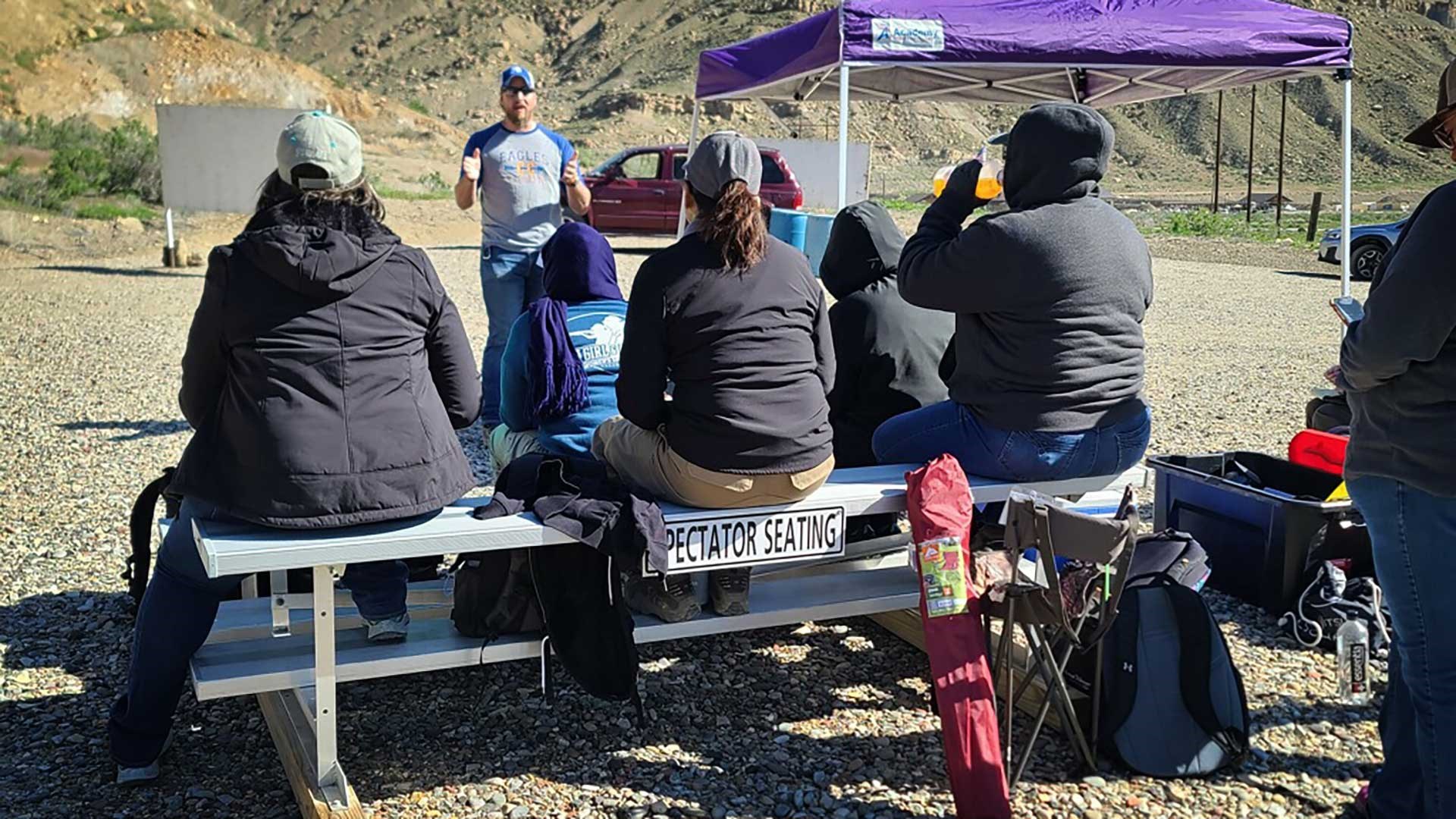
Ask people about their experiences with formal firearms training classes, and you will hear stories ranging from tremendously positive, to absolute horror stories, and everything in between. As I wrote last month, two keys to ensure a positive experience at a training class for the self-defense oriented citizen are to seek out the right types of training for your needs, and to choose reputable, quality instructors. Having done that, there is still much you can do to optimize your training experience and ensure it is safe, fun, and productive. So once you’ve signed up for a class, how can you best prepare? The keys are preparing your schedule, preparing your gear and preparing your expectations and mindset.
Prepare Your Schedule
Effective time management is essential for a positive training-class experience. It involves careful planning of various aspects, such as preparing your gear, travel logistics and potential interruptions. Many students face challenges due to poor time management before the class even begins. Gear-related issues often arise when students fail to allocate sufficient time for gear preparation. For instance, some arrive at class without sighting in their optics because they didn't make time for it earlier, and others show up to class without enough ammunition because their online ammo order didn't arrive in time. Students traveling from out of town may also experience fatigue if they arrive late at night or early in the morning before the training day. Sometimes airlines lose luggage, leaving attendees scrambling to borrow necessary equipment. Starting a class with ill-prepared gear, exhaustion or missing items can lead to an unpleasant training experience.
To mitigate these issues, it's crucial to review the required gear list and ensure you have everything in advance. Plan your travel to the training venue, allowing for unforeseen circumstances like flat tires or traffic delays. Arriving late not only increases stress but may also cause you to miss important safety briefings, possibly preventing your participation. If you're traveling long distances and staying overnight, aim to arrive in the area as early as possible, up to a day before the class. This extra time allows for gear checks, adjustment to the new surroundings and a good night's rest. Additionally, arriving early increases the likelihood of recovering lost luggage before the class begins.
Finally, minimize interruptions during the training by addressing work and personal commitments beforehand. Delegate tasks or make arrangements to avoid stepping out of class repeatedly. By proactively managing your schedule, you can maximize your learning experience and perform at your best during the class. This small investment of time and effort pays significant dividends in the long run.
Prepare Your Gear

Ask any experienced instructor, and they will tell you that no matter how much they highlight and emphasize their required gear list, a certain percentage of students will show up without required equipment or with their gear not prepared. The first step to avoid this is simple, but bears emphasizing: Read the course description and required/recommended gear list carefully and thoroughly. Read it before signing up for the class. Read it again after. Print it off so you can literally circle items you need to buy or borrow and check items off as you pack them.
Ensure your firearm is prepared for the class. Clean and lubricate it, and make sure you have fresh batteries and spares for any optics. Sight-in or zero your optics with the ammunition you'll be using. Have the required holster, magazine pouches, and a compatible belt. Test your gear beforehand to identify any issues. Bring a cleaning/maintenance kit, lubricant, and consider having spare guns/optics, holsters, belt and magazine pouches in case of equipment failure. Ballistic eye protection and ear protection are essential for any live-fire class. Bring both shaded and clear lens eye protection for different weather conditions. Consider investing in electronic active hearing, which can be surprisingly affordable, to protect your hearing while allowing you to better hear instructions and range commands.
Check the magazine requirements for the class, and ensure you have at least the minimum amount for your handgun. Students often make the mistake of showing up with only 1-2 magazines when the minimum requirement is 3-5, and they spend more time jamming magazines than training. If the minimum is 3-5, bring more if possible. Unless the class specifically focuses on drills with unique round counts per magazine, consider pre-loading your magazines before arriving. Bringing at least 2-3 times the minimum number of magazines and having them already loaded allows you to use more of your break time for rest and refreshment, and less for loading mags.
Use a paint marker to number and mark your magazines with your initials on the base plate. This prevents confusion when retrieving dropped magazines during drills when others are using the same handgun model. Numbering them also helps identify any consistently malfunctioning magazines, allowing you to remove them from rotation. Avoid the frustration of encountering repeated malfunctions with an unidentified magazine. Numbering solves this issue.
Beyond traditional "gun gear," comfort items are essential for a positive class experience. Classes often involve long days outdoors or on concrete ranges. Prioritize comfort and protection from the elements. Wear comfortable shoes and appropriate clothing—lightweight, wicking fabrics in summer, and layered clothing in winter, and rain gear anytime you train outdoors. Regardless of the season, prioritize sun protection with hats, long sleeves, sun block, and SPF-rated lip balm. These precautions prevent sunburns, dehydration, and fatigue. Stay hydrated by drinking plenty of water the night before and during the training day. Bring water and snacks. Don't forget essentials like a camp chair, small cooler, and bug spray.
Prepare Your Mindset

Preparing your mindset, attitudes, and expectations is crucial for a great class experience. I occasionally meet shooters who avoid classes due to feeling unready, or because they fear embarrassment in front of others. We must remember training is about acquiring new skills and improving. Reputable instructors foster a positive and supportive environment focused solely on your improvement, and if we want to improve we have to step outside our comfort zone to grow. Two key areas of emphasis are focusing on the learning process over immediate outcomes, and cultivating a growth mindset over a fixed mindset.
Prior to classes, some people spend time on the range before a class to “train up” to ensure they perform well. Any productive range time is a good thing, but we must guard against the idea that a class is an opportunity to show off how much we know or how skilled we are. We are there to engage in the process of learning and improvement. When introduced to new techniques, our ego-driven instinct is often to abandon the technique if it doesn’t immediately improve our performance outcomes. However, with a healthy “growth mindset” we will stick with the techniques, evaluate them honestly, and trust that they can improve our shooting in time. We should focus on the process, trust the instructor we have prudently chosen, and compete only against our previous selves. By embracing these perspectives, we can better cultivate improvement and progress.
Conclusion
If we choose appropriate classes from reputable, professional instructors, then with just a little preparation we can ensure we have a safe, fun and productive learning experience. This requires that we manage our time wisely by ensuring we have everything we need for class and arrive on time rested and prepared, having done our best to preempt distractions while we train. We need make sure our gear is ready to go and won’t be a hindrance to training. Finally, we need to make sure we enter the class with proper expectations and mindset, focused on the process of learning and improving with the goal of departing the class a better shooter than when we arrived. Follow these steps and set yourself up for success at your next training class.





































